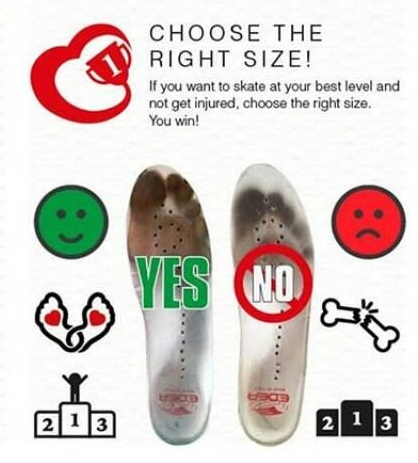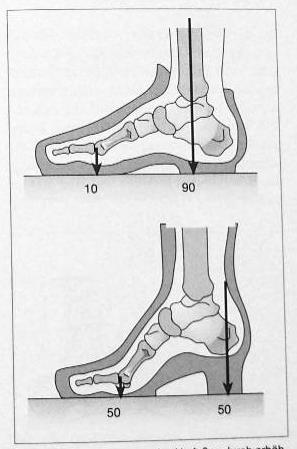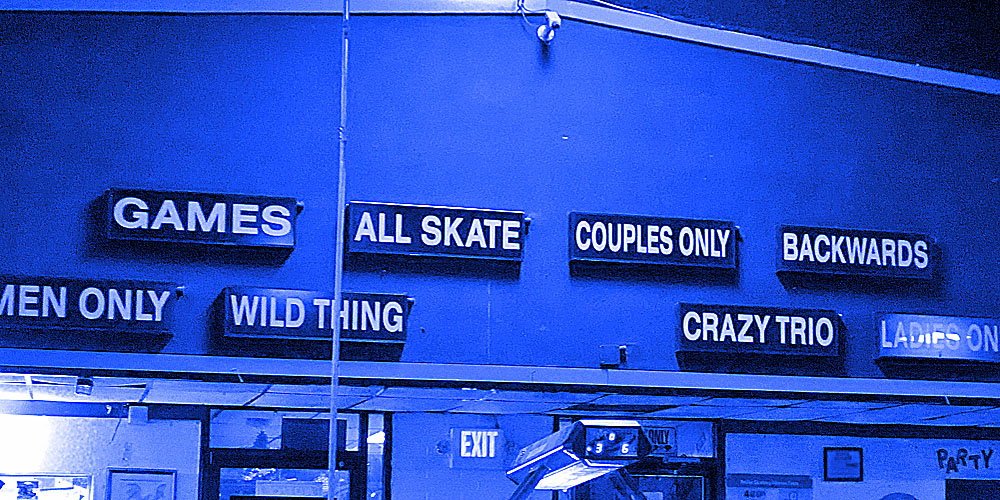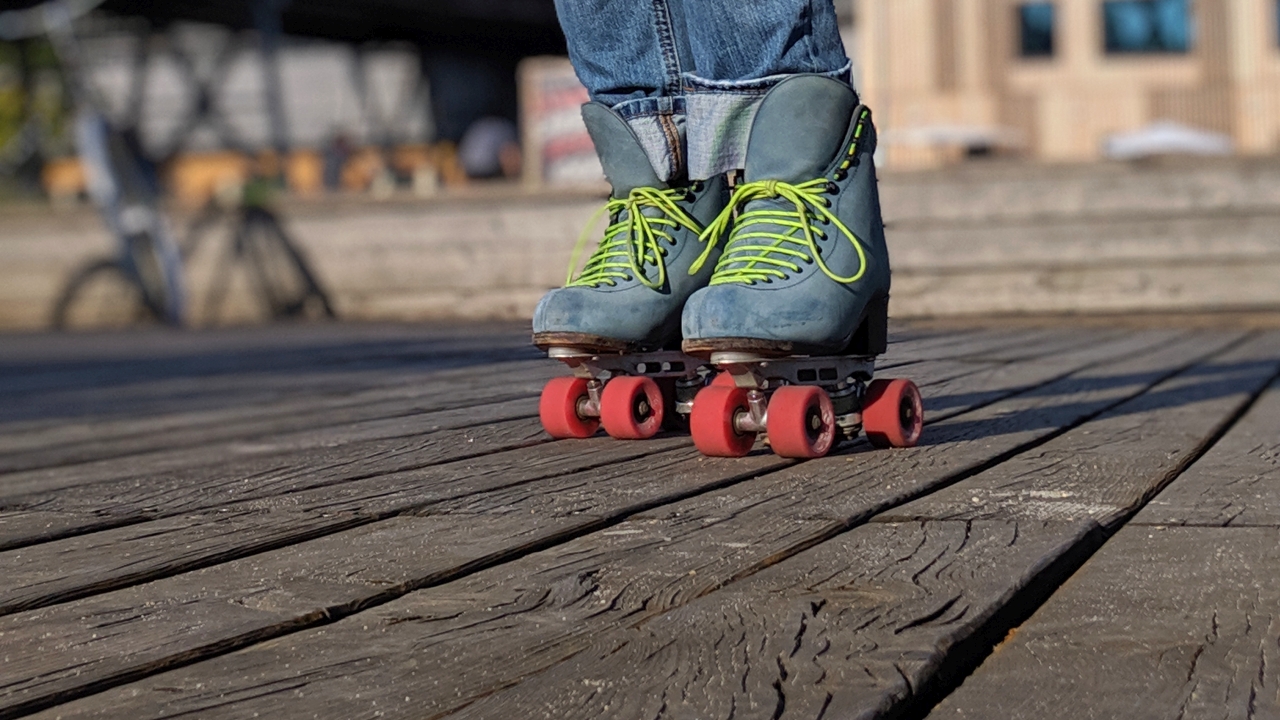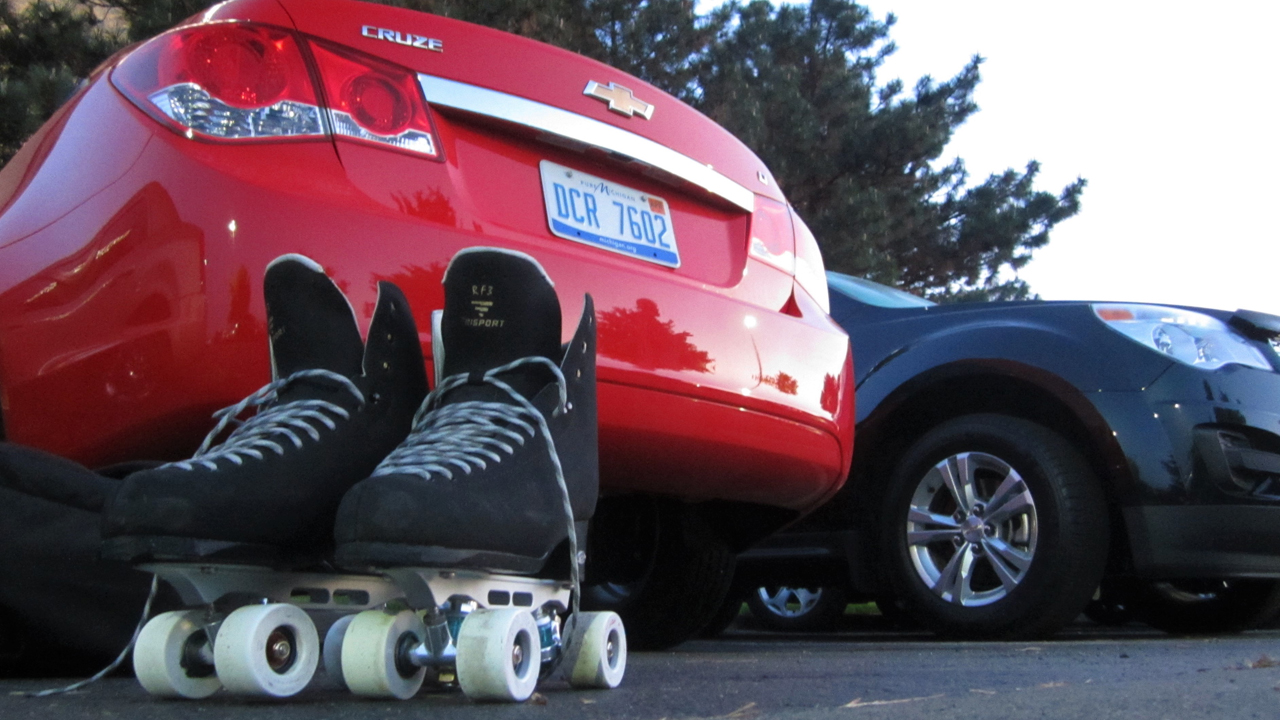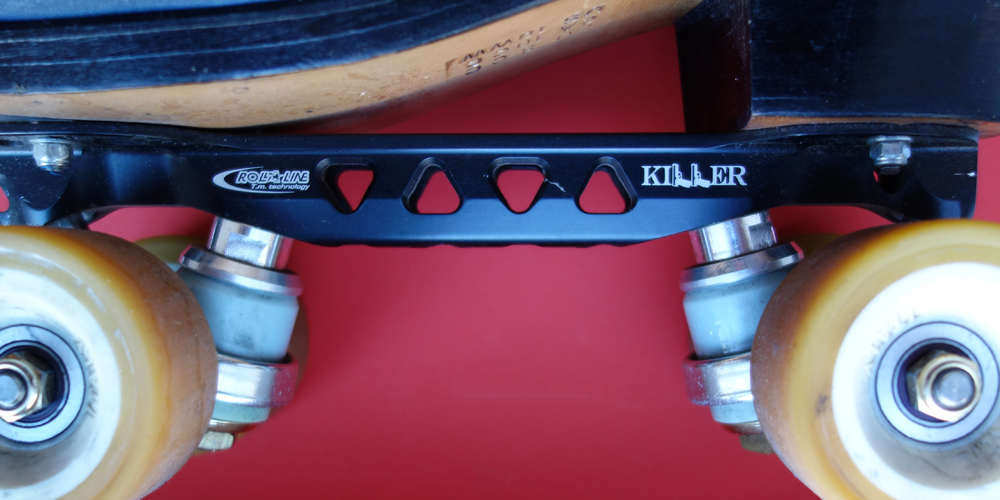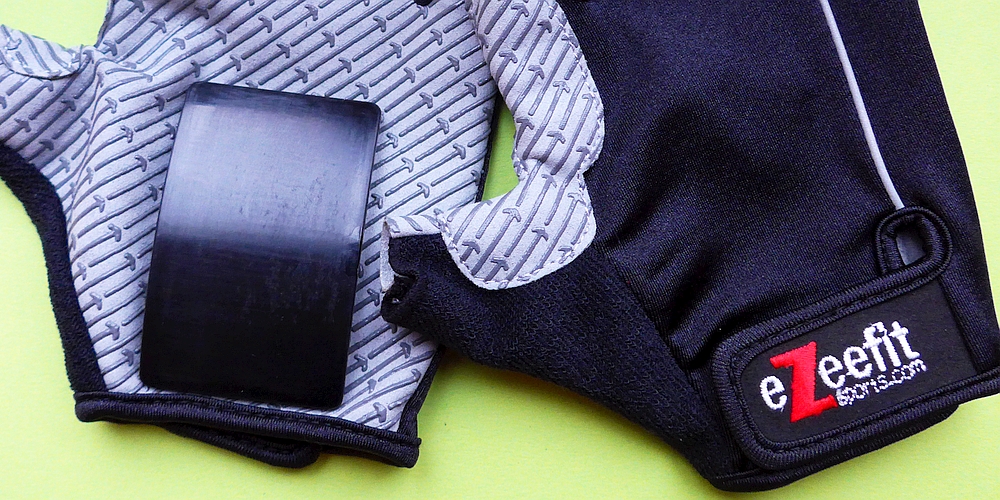Flat vs. Heeled
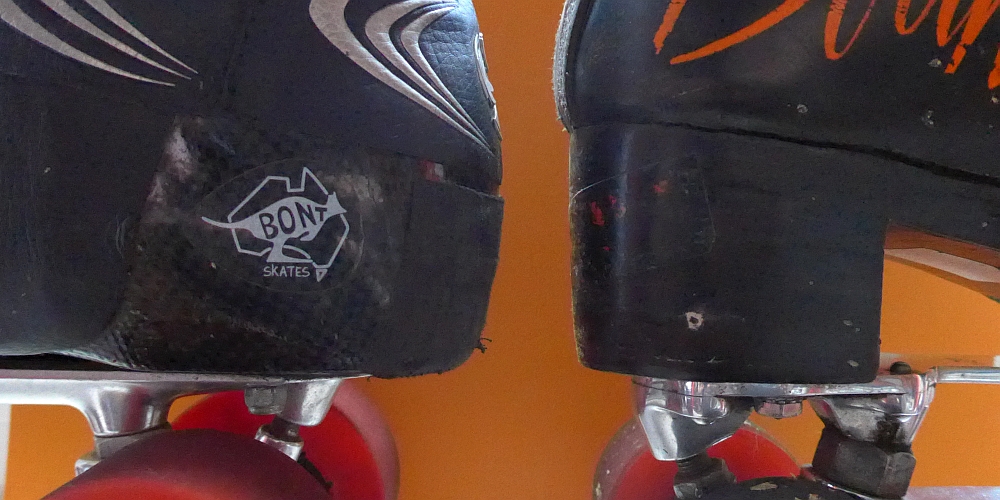
There are two main types of boots used for roller skating – flat or heeled boots. What are the differences?
The origin of heeled boots is figure skating on ice and these “art boots” are also used in artistic and figure roller skating. Speed skaters skated traditionally in flat boots, also with shortcut uppers. For understanding of each advantages and disadvantages, the distribution of the weight of the body at the feet have to be considered. In upright position 90% of the body weight lies under the heel. An elevated heel shifts the weight to the ball of the foot, in best case the pressure of the body weight is equally divided.
The best choice is related to style and purpose. For skaters, who aim at the ability to stand completely upright without having knees bent or shoulders leaning forward, heeled boots provide more balance. This is the reason, why heeled boots are better for dancing and grooving on skates. The equal distributed weight is necessary for agile footwork and balanced body.
Flat boots support the stability. This is favored in Jam Skating with its transitions from footwork to breakdance-like floorwork. It has also advantages in power-transmission. This is why speed skaters have adapted that. Power transmission is maximized by short forward mounted plates. It is a way to shift more weight to the front of the feet. Because the derby stance is similar to the short-forward speed stance, this advantage is also used in roller derby. But this comes at a price of an unnatural stance to keep the balance.
In “dance-related” skating (artistic, rhythm, style skating, recreational) upright position and the ability to move the body and legs flexibly, without setback to a specific stance, is supportive and relevant. And for this, heeled boots facilitate a better skating in most cases.
At any rate: The boots must fit. If the skate seems comfortable, it may too big. In roller skating the movement and power of he body and foot has to be translated into the boot and the wheels. The skate boot should not be too loose or too long, and your heel should not slip when the boot is fully laced. So perfect fit is rather tight, without pain. When you try on heeled skate boots it is important to slip back to the heel and lace the boot to determine the right length.
